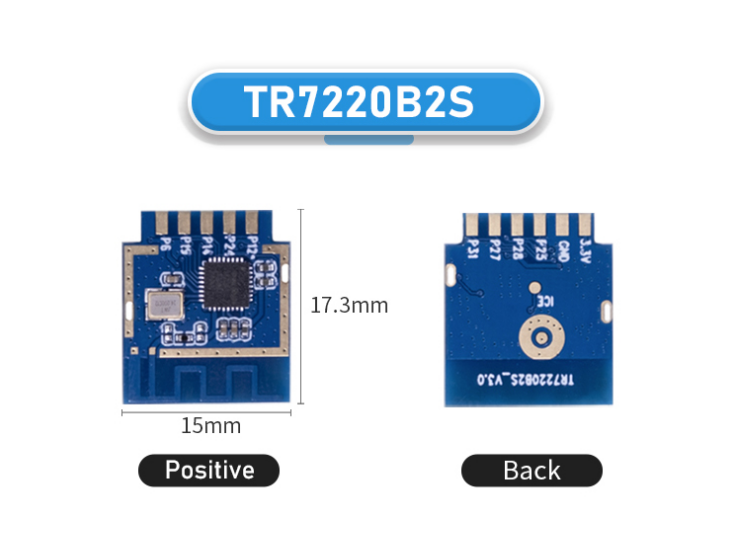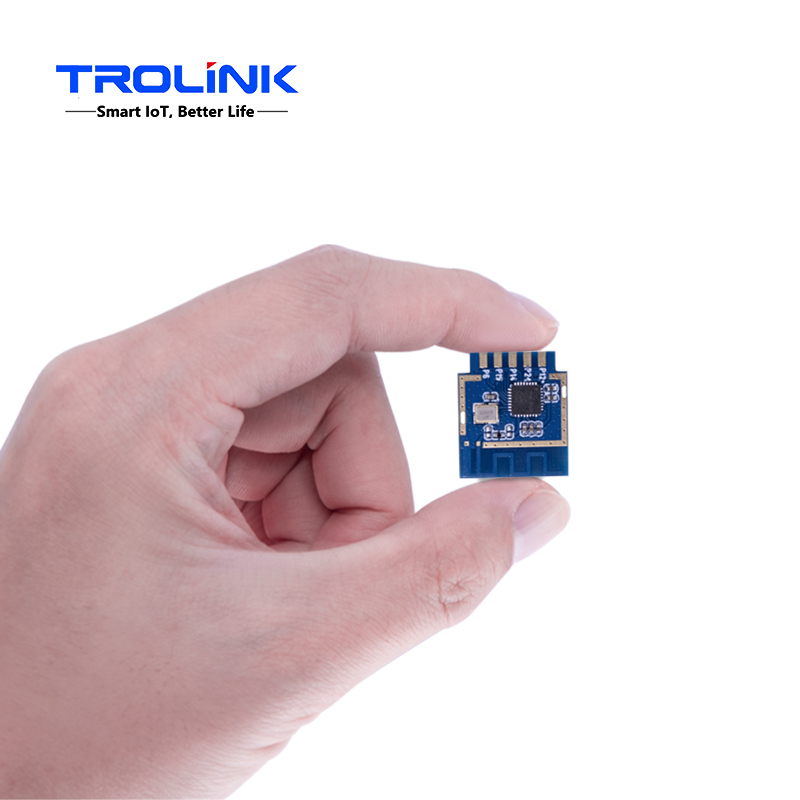IoT, or the Internet of Things, has revolutionized the way we interact with technology. With the increasing popularity of connected devices, it has become crucial to comprehend the working principle of IoT modules. In this article, we will delve into the intricate details of how these modules function, providing you with a comprehensive understanding of the underlying technology.

At the core of every IoT module lies a set of hardware components that enable seamless communication between devices. These components typically include sensors, processors, and communication modules. Sensors gather data from the surrounding environment, while processors analyze and process this data. The communication module facilitates the transfer of data between the IoT module and other devices or a central server.
The communication between IoT devices can be established through various protocols, such as Wi-Fi, Bluetooth, Zigbee, or cellular networks. Each protocol offers specific advantages and is chosen based on the application requirements of the IoT module. This communication allows for real-time data exchange, enabling IoT devices to interact with each other and with the cloud.
Once the IoT module has gathered data through its sensors, it undergoes a process of data collection and analysis. The collected data is typically in the form of analog signals, which need to be converted into digital signals for further processing. This conversion is achieved by an analog-to-digital converter (ADC) present in the module.
After the data has been digitized, the IoT module processes and analyzes it using the integrated processor. This analysis can be as simple as threshold-based comparisons or complex algorithms to derive meaningful insights. The processed data can then be utilized by the module itself to trigger actions or transmitted to a central server for further analysis and storage.
One of the key features of IoT modules is their ability to establish connections with cloud platforms. The processed data can be securely transmitted to the cloud using various communication protocols. Once in the cloud, the data is stored and accessed remotely, providing flexibility and scalability to the IoT ecosystem.
Cloud platforms offer a wide range of services, including data storage, data analysis, and remote access to IoT devices. This allows users to monitor and control their IoT modules from anywhere in the world through web or mobile applications. The cloud also facilitates the integration of multiple IoT devices, enabling advanced automation and intelligent decision-making.

In conclusion, the working principle of an IoT module involves the seamless interaction of hardware components, data collection, analysis, and cloud connectivity. Understanding these underlying principles is essential in grasping the immense potential of IoT technology and its impact on various industries. As IoT continues to evolve, its working principle will keep on advancing to enable even more sophisticated and interconnected devices that contribute to a smarter world.
 Trolink Joint With Tuya to Make Iot Benefit Every Family
Trolink Joint With Tuya to Make Iot Benefit Every Family
 WiFi モジュールを選択するために知っておくべき 5 つの主要な指標 !
WiFi モジュールを選択するために知っておくべき 5 つの主要な指標 !
 IOTモジュールはスマート製品の頭脳です
IOTモジュールはスマート製品の頭脳です
 What is the signal coverage range of the WiFi module chip?
What is the signal coverage range of the WiFi module chip?